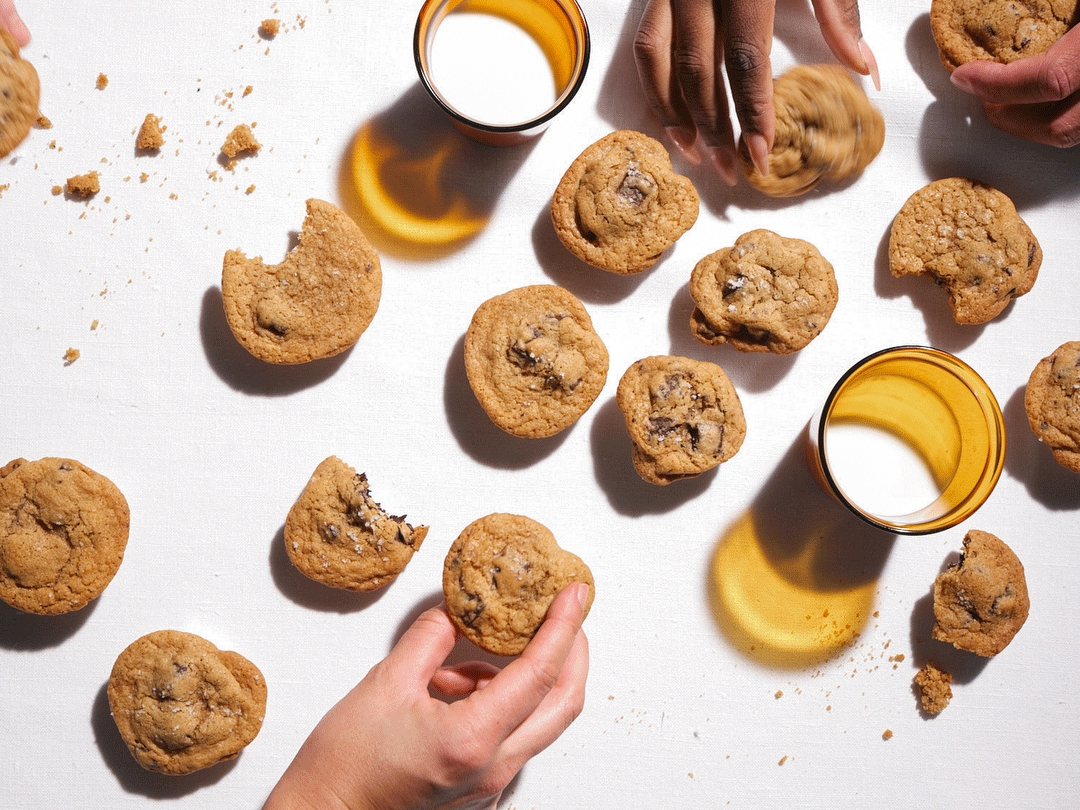Science picks through the chocolate nuggets
- Share via
It’s every sweet tooth’s dream. A steady stream of studies has linked chocolate to a variety of health benefits, including decreased blood pressure, lower cholesterol, reduced risk of heart disease, even effects on mood.
But the evidence, all of it, is preliminary.
“I love chocolate as much as the next person, but it’s candy, not a health food,” says Marion Nestle (no relation to the famous candy maker), professor of nutrition, food studies and public health at New York University.
Evidence linking consumption of chocolate — or, more specifically, cocoa — to better health first emerged more than 10 years ago from studies of the Kuna people, natives of the San Blas islands off the coast of Panama.
In the 1990s, studies of the Kuna found that they had lower blood pressure, better kidney function, and lower rates of heart disease and cancer compared with other Panamanians, including Kuna who had migrated to Panama City. One study, published in the journal Hypertension in 1997, found that just 2% of island Kuna had high blood pressure, compared with more than 10% of Kuna living in Panama City, where they had largely abandoned their traditional diet.
The findings sparked scientific interest in the Kuna diet, which notably includes 5 to 7 cups a day of a cocoa-based drink. The diets differed in other ways as well, but to researchers looking for a smoking gun, this stood out. The drink is loaded with flavanols, a type of flavonoid, or antioxidant compound, found in cocoa.
The Kuna’s cocoa consumption inspired over a decade’s worth of studies on cocoa and health. Last March, researchers writing in the journal Circulation concluded that a specific type of flavanol, called epicatechin, was most likely responsible for cocoa’s beneficial effects on the heart and vascular system in particular.
The decade of research has shown that the flavonoids in chocolate increase blood levels of nitric oxide, a compound that helps relax the smooth muscle in blood vessel walls, which improves blood flow, says Dr. John Gordon Harold, clinical professor of medicine at UCLA and president of the Los Angeles Division of the American Heart Assn.
But the bevy of benefits experience by the Kuna “has not been reproduced clinically in any trial,” Harold says.
Vested interests
Overhyped headlines aside, most of the human studies on chocolate’s effects have so far been small and of short duration — and have ties to chocolate makers.
In one human study, conducted by German researchers and published in the Journal of the American Medical Assn. in 2003, 26 patients at risk of heart disease drank a 100-milliliter cocoa drink either low or high in flavanols for two days. At the end of the second day, the blood vessels in those who drank the flavanol-rich drink had dilated; the group also had higher blood levels of nitric oxide, a compound linked to improved vascular health.
In another study, by Swiss researchers, 22 heart transplant patients were given 40 grams of either flavanol-rich dark chocolate or a flavanol-poor chocolate. In those who ate the dark chocolate, the diameter of their coronary arteries increased from 2.36 to 2.51 millimeters; in the other group, the artery was unchanged. Platelets were also less likely to stick in artery walls in those who ate the dark chocolate, the researchers found. The study was published in the journal Circulation in 2007.
As for those links to candy makers, the German study was partly funded by Mars Inc. The Swiss study was conducted using chocolate provided by Nestle; one of the researchers was an employee of the Nestle Research Center, and another had been a consultant for Mars.
But positive evidence has come from some independent research too. In a study of 470 men enrolled in the Zutphen Elderly Study (a large, ongoing Dutch investigation), the risk of death from heart disease was reduced by 50% in men who consumed the most cocoa over a 15-year period (just over 4 grams a day), compared with those who consumed the least (no cocoa at all). The study, funded by the Netherlands Prevention Foundation, was published in the Archives of Internal Medicine in 2006.
Overall, however, “the weight of the evidence is very small,” Harold says. Some researchers have called for larger, longer-term studies, but none has been conducted yet.
In the meantime, the directive to eat more chocolate is complicated, and controversial, says Harold. The Kuna drink unprocessed, unsweetened cocoa, but most chocolate products on stores shelves in the U.S. are loaded with calories, fats and sugar.
“In our population of so many people with metabolic syndrome, obesity and diabetes, the last thing we want to do is add more sugar to our diets,” Harold says.
In moderation
Flavanol-laden or not, chocolate is in no way a diet food.
“Chocolate may be one of the most reliable pleasures in the world,” says Dr. Philip Muskin, professor of clinical psychiatry at Columbia University in New York, “but it has be eaten in moderation.”
Julia Zumpano, a clinical dietician in the department of preventive cardiology at the Cleveland Clinic in Ohio, recommends no more than an ounce of 70% dark chocolate per day — or half that for those trying to lose or control their weight. (Dark, not milk or white chocolate, is dense in flavonoids.)
“People think you can eat pounds of chocolate, but you can certainly gain weight from it,” Zumpano says.
Professor Nestle, meanwhile, points out that chocolate, or, more precisely, cocoa, isn’t the only source of flavonoids or antioxidants in the supermarket.
Her advice: “Eat your veggies! Chocolate is a plant, and pretty much all food plants provide substances that support good health.”






